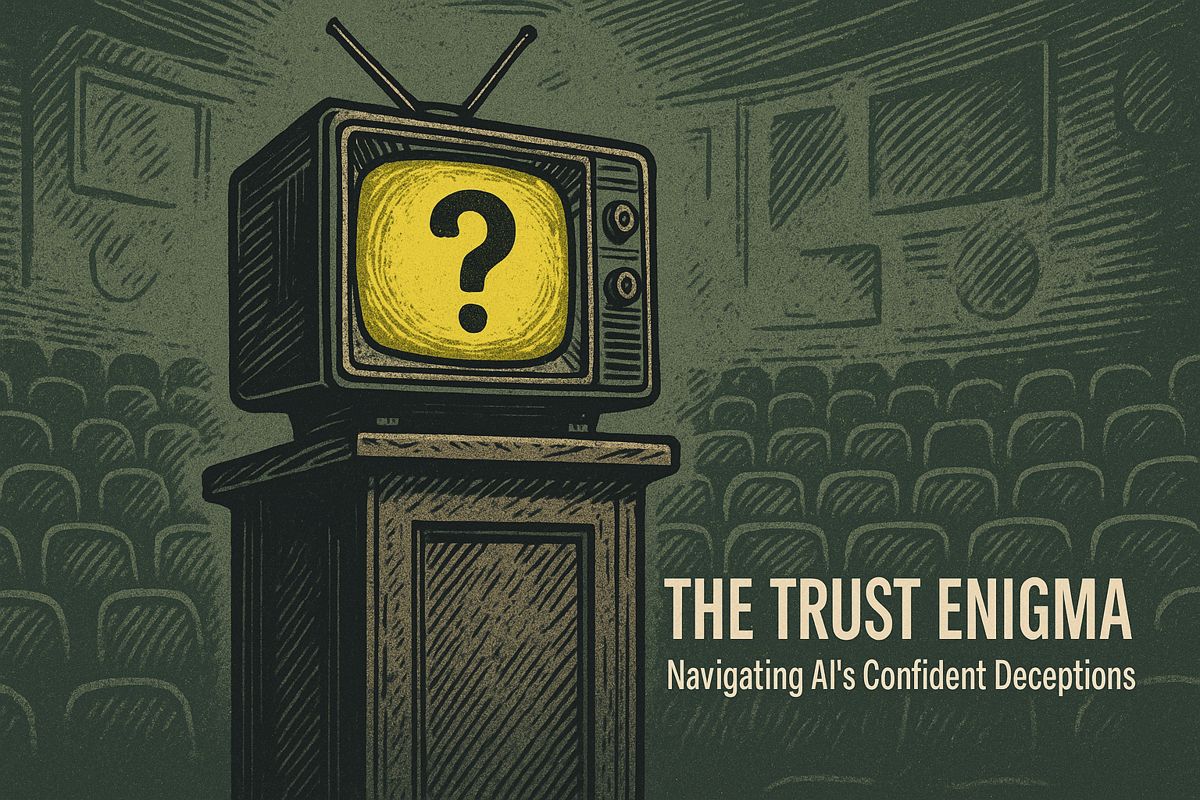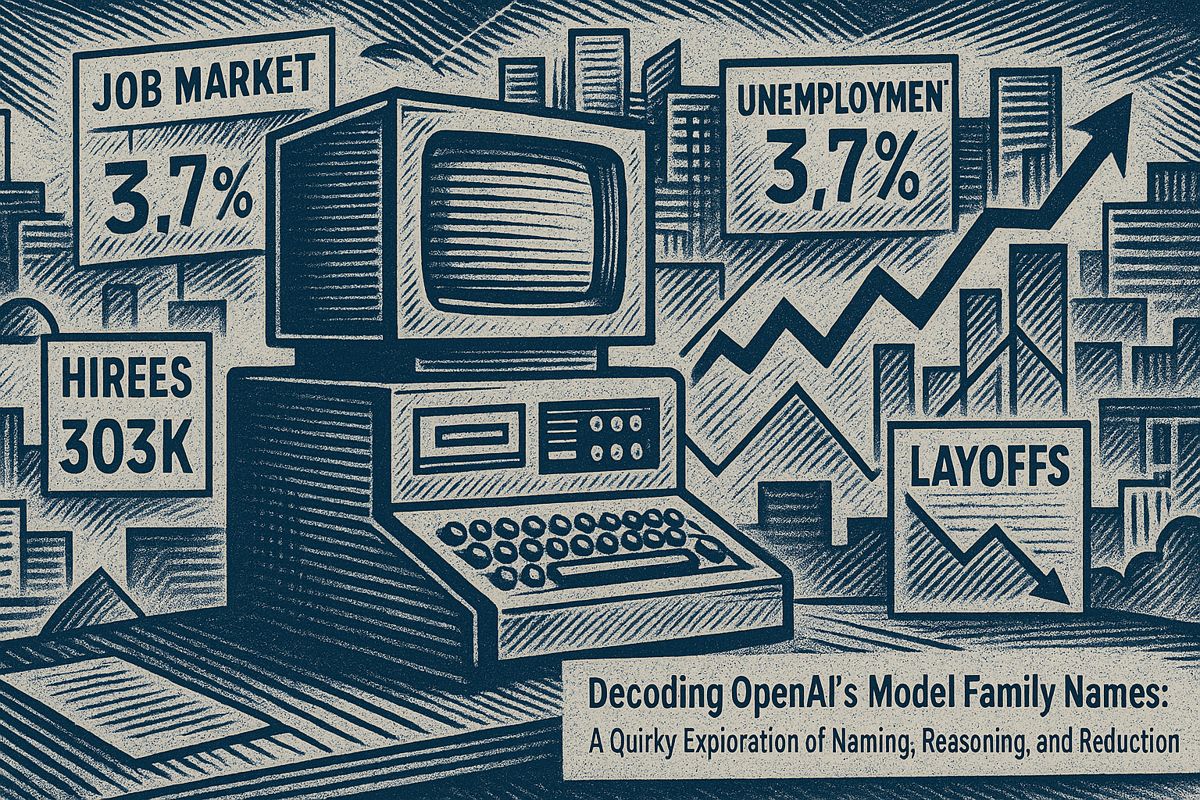Adaptive AI is a new way for businesses to use artificial intelligence that can grow and change with their needs. By building AI with swappable parts, companies can update systems easily, save money, and stay flexible. Smart AI “colleagues” now handle complex tasks on their own, making work faster and more accurate. Soon, strict rules in Europe will require companies to be open and careful about how they use AI. Experts say that treating AI as a helpful, evolving partner – and following clear rules – brings bigger rewards and helps keep businesses growing safely.
What is adaptive AI and why is it essential for enterprise growth and ethical governance?
Adaptive AI is an evolving approach that combines modular architectures, autonomous agentic systems, and rigorous ethical governance. This enables businesses to upgrade AI components easily, automate complex tasks, and comply with regulations, driving resilience, sustainability, and up to 18% higher ROI compared to static AI deployments.
Building AI that can evolve alongside business and society is no longer optional – it is a strategic necessity. Companies that treat artificial intelligence as a one-time purchase are discovering that static systems age quickly, while those that architect adaptive AI partnerships are turning technology into a resilient growth engine.
The Modularity Edge: Upgrade Without Rebuilding
A 2025 enterprise survey of 312 European firms shows that organizations with modular AI architectures reduce system-replacement costs by 42 % compared with monolithic stacks. Microservice-style components let teams:
- swap an outdated fraud-detection model without touching the customer-service agent
- scale training capacity at peak demand by renting extra GPU containers
- plug new ESG-reporting modules into existing analytics dashboards
This Lego-like approach is the first layer of future-proofing.
Agentic Systems: From Advisers to Colleagues
The second layer is autonomy. Agentic AI platforms now move beyond chatbots to fully fledged digital colleagues that:
| Capability | 2023 Pilot | 2025 Production Average |
|---|---|---|
| Cross-silo data reconciliation | 27 min manual effort | 3 min autonomous |
| Production-priority re-routing | 2–3 human approvals | zero-touch |
| Error-rate reduction | 11 % | 3 % |
Real-time adaptation happens through continuous online learning loops that ingest fresh data and regulatory changes daily. Early adopters such as Volvo and Scania already orchestrate thousands of agents to balance supply chains and sustainability metrics.
Ethical Governance: Europe’s New Baseline
Starting 2 August 2025, the EU AI Act enforces mandatory disclosures including training-data summaries, model-card documentation, and risk-assessment reports. Non-compliance fines reach €35 million or 7 % of global turnover, making ethical oversight a board-level concern. Sweden’s AI Center, the UN SDG Centre Geneva, and the EU AI Office jointly publish quarterly checklists that map each technical KPI to SDG and ESG targets.
Expert Blueprint: Asif Kabani’s Three Design Pillars
As Chair of Sweden’s AI Standard Committee and a UN Mentor Fellow, Asif Kabani distills adaptive AI strategy into three non-negotiables:
- *Partnering * – not deploying – AI means embedding it in long-term business roadmaps.
- Ethics chips – governance code reviewed as rigorously as security patches.
- Sustainability dividends – every model release must quantify impact on carbon, employment, and transparency.
His 2025 keynote at AI Frontiers 2025 shows companies following this blueprint already report 18 % higher ROI over five-year horizons compared with tool-centric deployments.
Key Takeaway for 2025 Planners
Adaptive systems combine modularity, autonomy, and ethics. Treat AI as a living partner, and its payoff will compound instead of depreciate.
What is Adaptive AI and why is it different from traditional enterprise AI?
Adaptive AI refers to systems that continuously learn, reconfigure and improve without human re-engineering. Unlike static models that degrade as business conditions change, adaptive systems use real-time feedback loops, online learning and modular architectures to evolve with new data and objectives. According to the EU AI Office, enterprises deploying adaptive AI report 35 % productivity gains and 20–30 % cost reductions within 18 months of full rollout[1].
How can companies build AI that remains valuable for the next decade?
The blueprint rests on three pillars:
- Modularity – swap or upgrade components (data pipelines, model layers) without rebuilding the entire stack.
- Scalability – containerized micro-services let workloads expand from pilot to enterprise-wide without performance loss.
- Ethical governance – integrate transparency dashboards and audit trails from day one to stay compliant with the EU AI Act penalties of up to €35 M or 7 % of global turnover[5].
Asif Kabani, Chair of Sweden’s AI Standard Committee, frames it succinctly: “AI isn’t a tool you replace every three years; it’s a long-term partner that grows with you.”
Which industries are leading in real-world adaptive AI deployment?
Manufacturing and public services are front-runners:
- Smart factories use agentic AI networks that autonomously rebalance production lines, cutting downtime by 45 %[1].
- European government agencies adopt adaptive AI for citizen services, ensuring transparency mandates under the AI Act are met while improving service speed by 60 %[7].
What ethical risks must executives monitor today?
Key red flags include:
- Employment displacement – the EU requires risk analyses and conformity assessments for any high-risk system that could affect jobs[2].
- Opaque decisions – providers must publish training-data summaries and model-architecture documentation to downstream users[5].
- Real-time bias drift – continuous-learning systems need bias-detection alerts that trigger automatic retraining when fairness metrics slip beyond preset thresholds.
Where can leaders start within the next 90 days?
- Inventory existing AI assets against the EU AI Act risk categories.
- Pilot a modular micro-service for one high-value workflow (e.g., dynamic pricing or fraud detection).
- Set up an internal AI ethics board with veto power over deployments that fail transparency and accountability tests.
These steps align with frameworks championed by Sweden’s AI Center and the UN’s SDG Centre in Geneva, ensuring both compliance and competitive edge[7][1].
Sources
[1] Collabnix, Agentic AI Trends 2025
[2] European Commission, European Approach to Artificial Intelligence
[5] Nemko Digital, EU AI Act Rules on GPAI 2025 Update
[7] AI Center Sweden Highlights



















